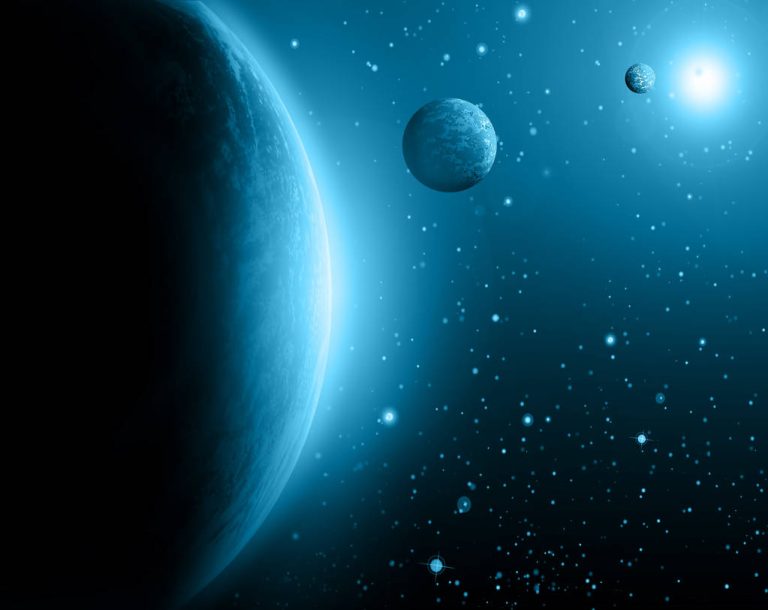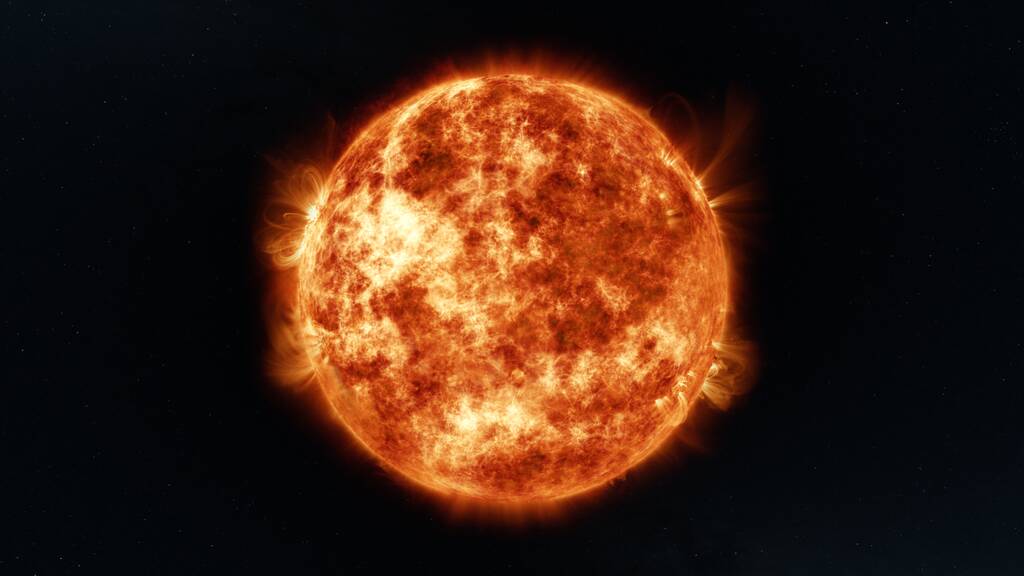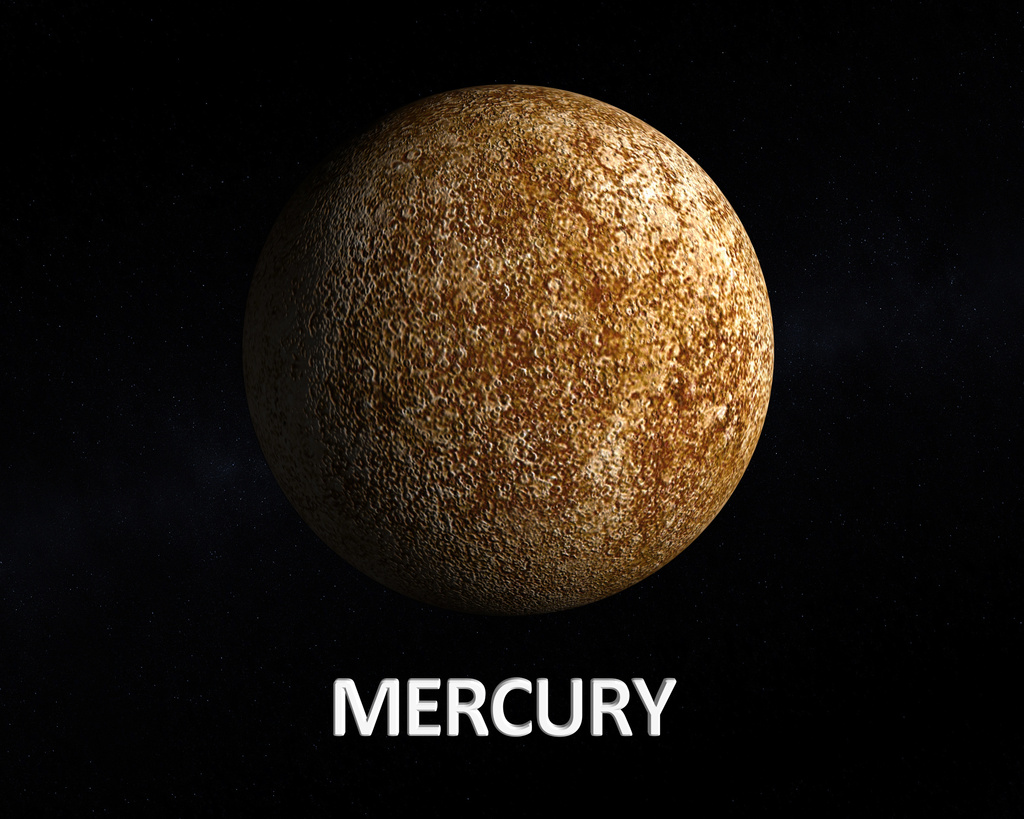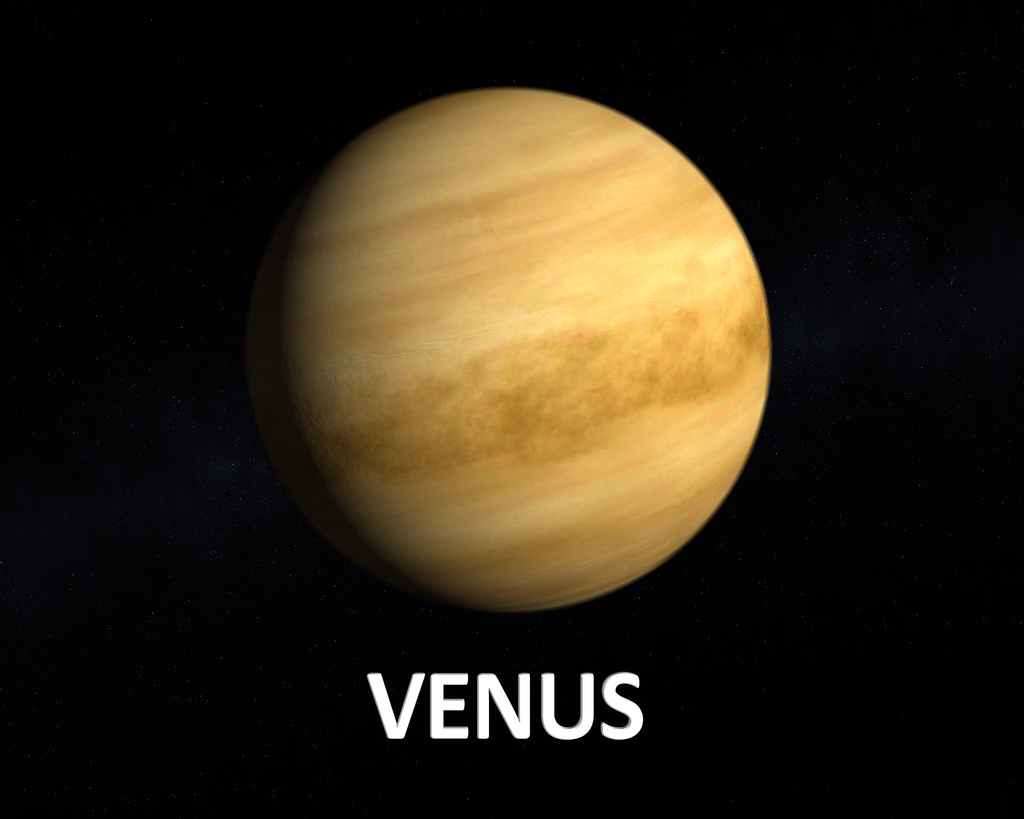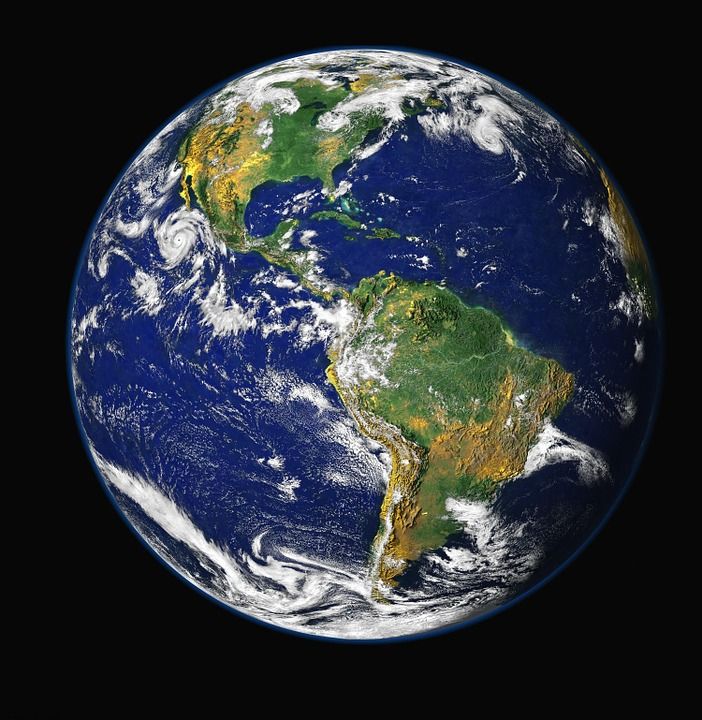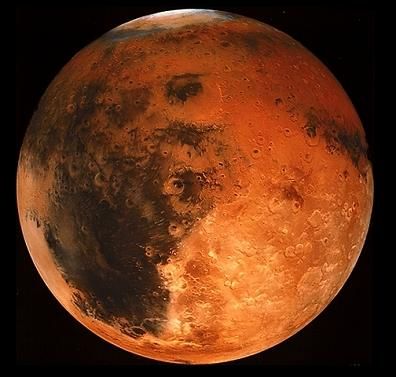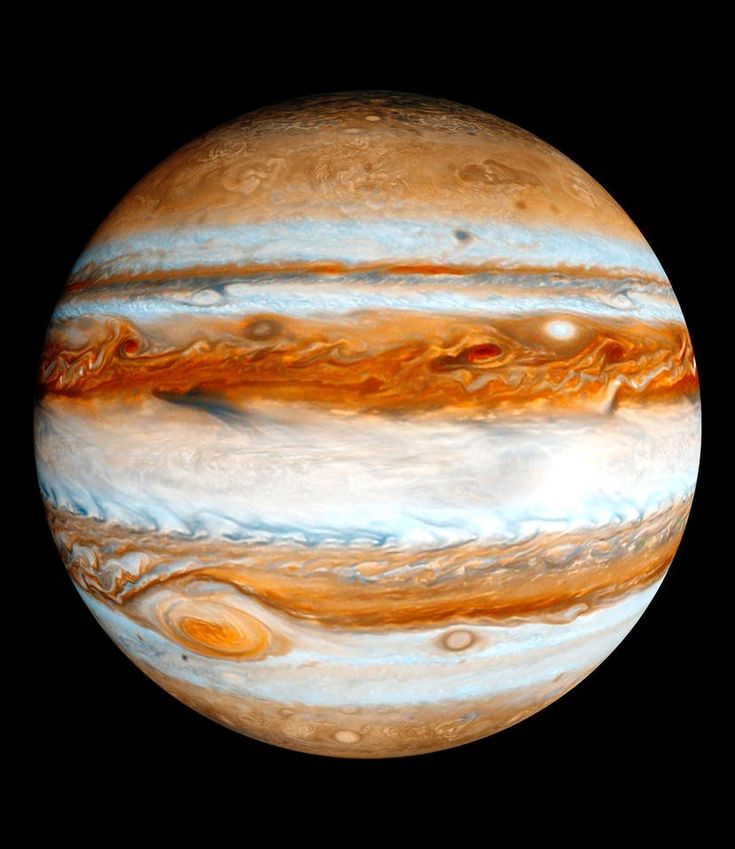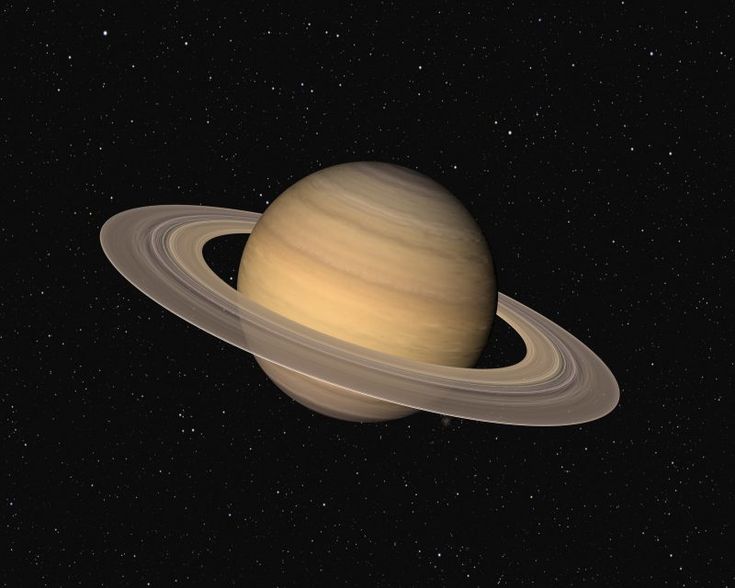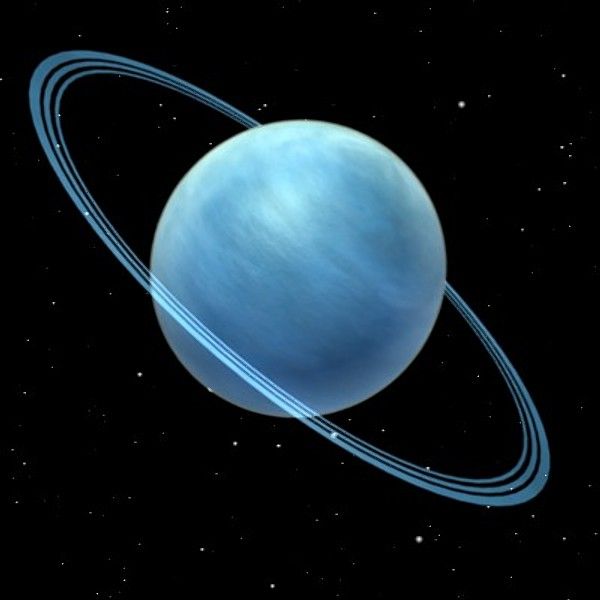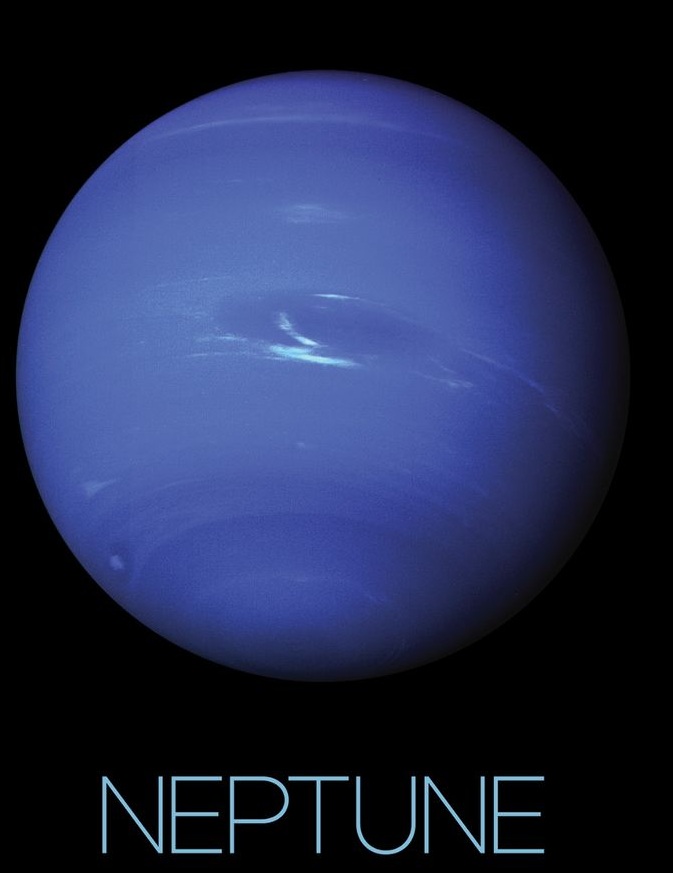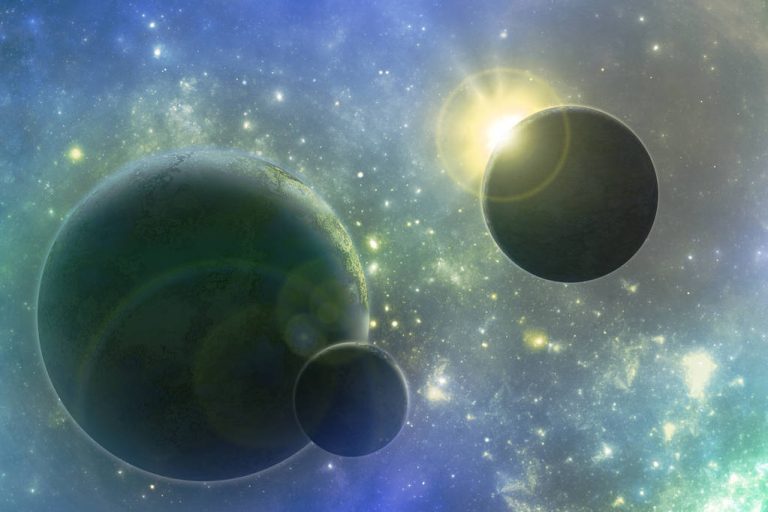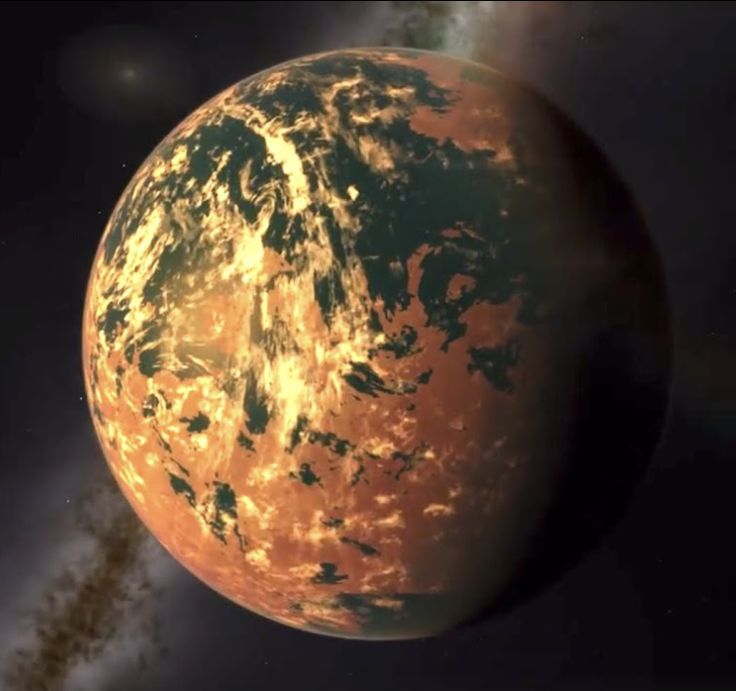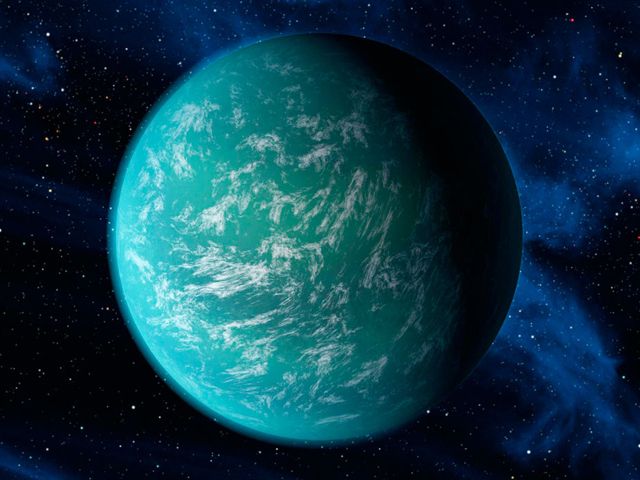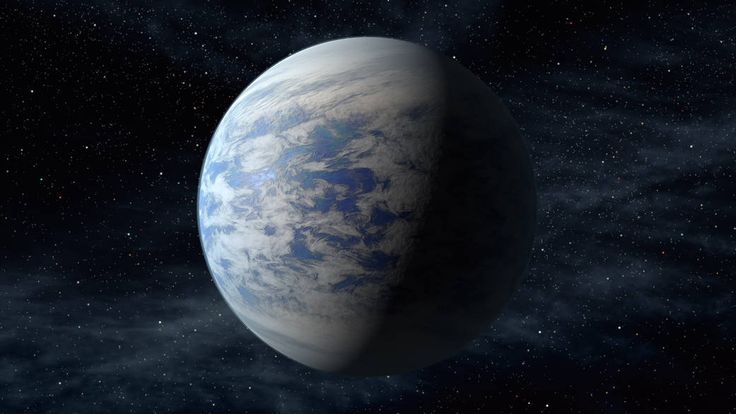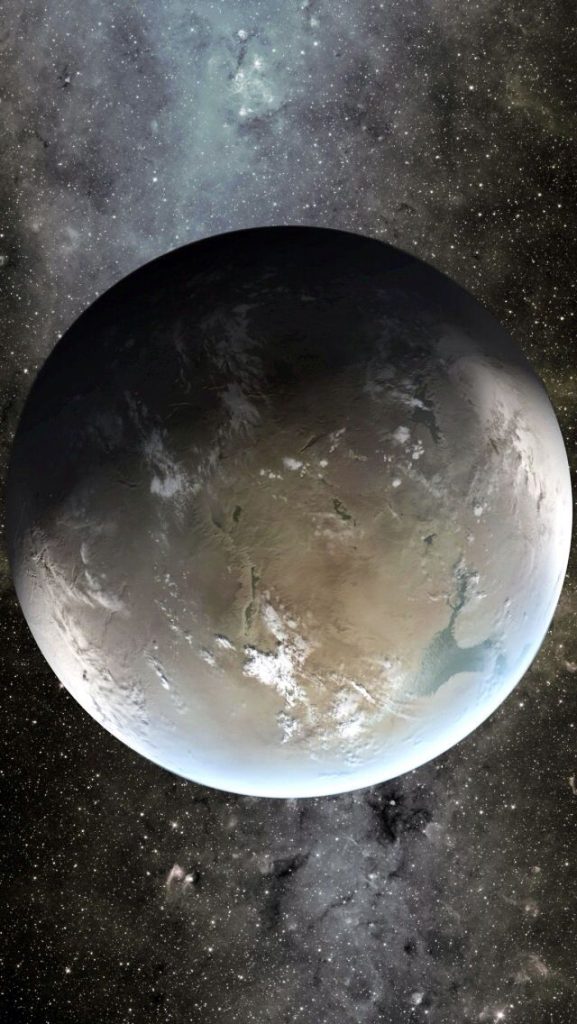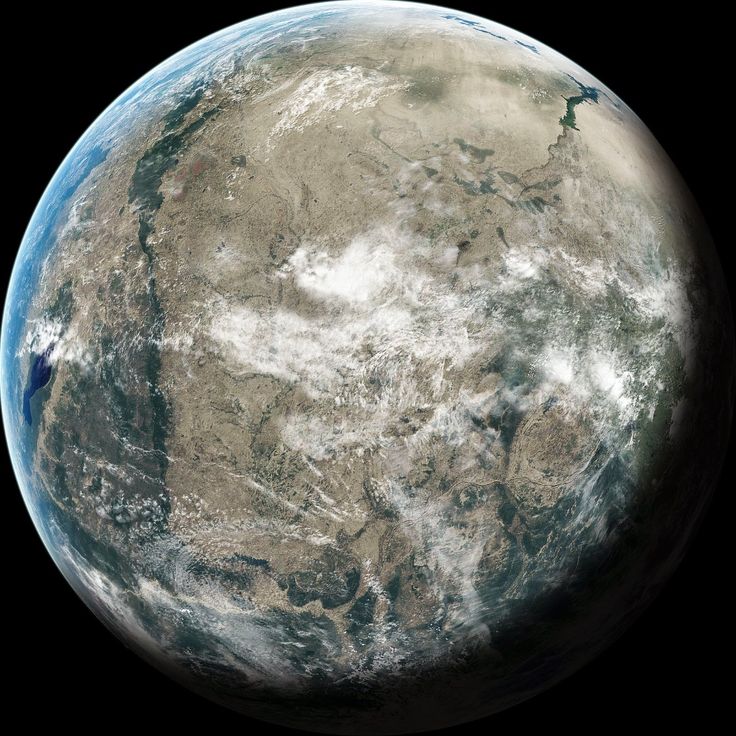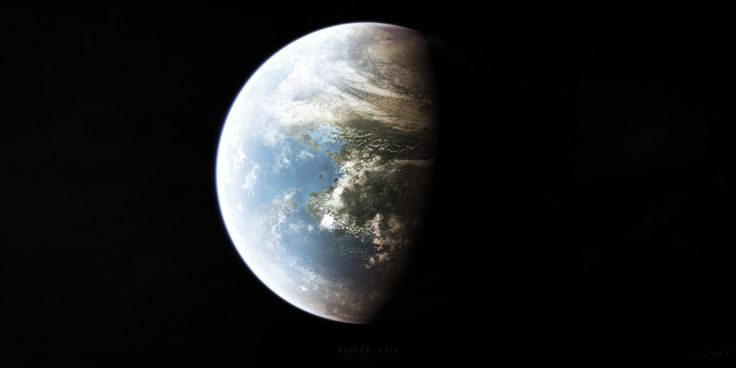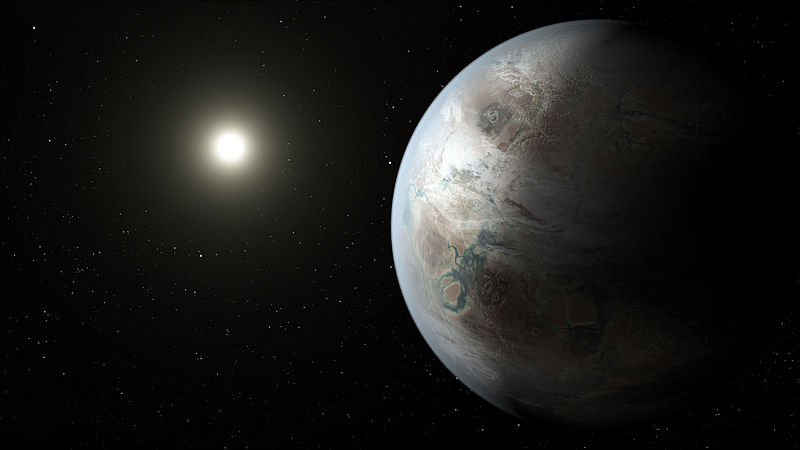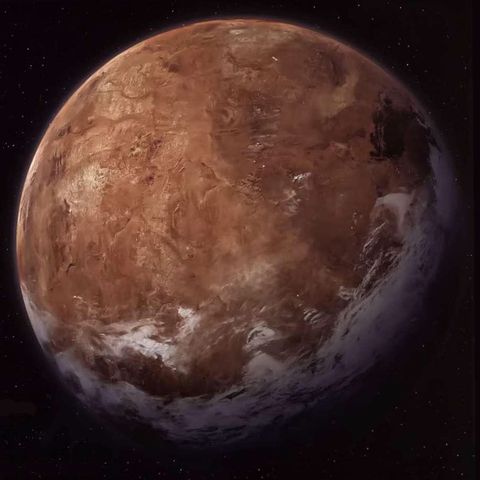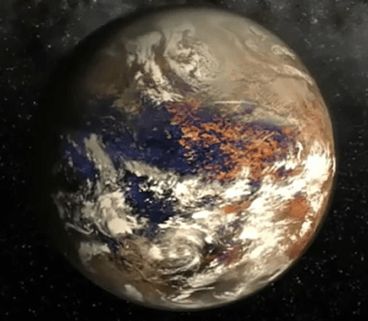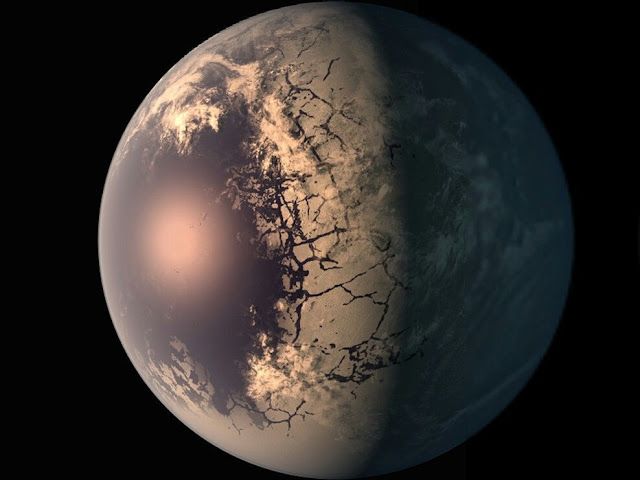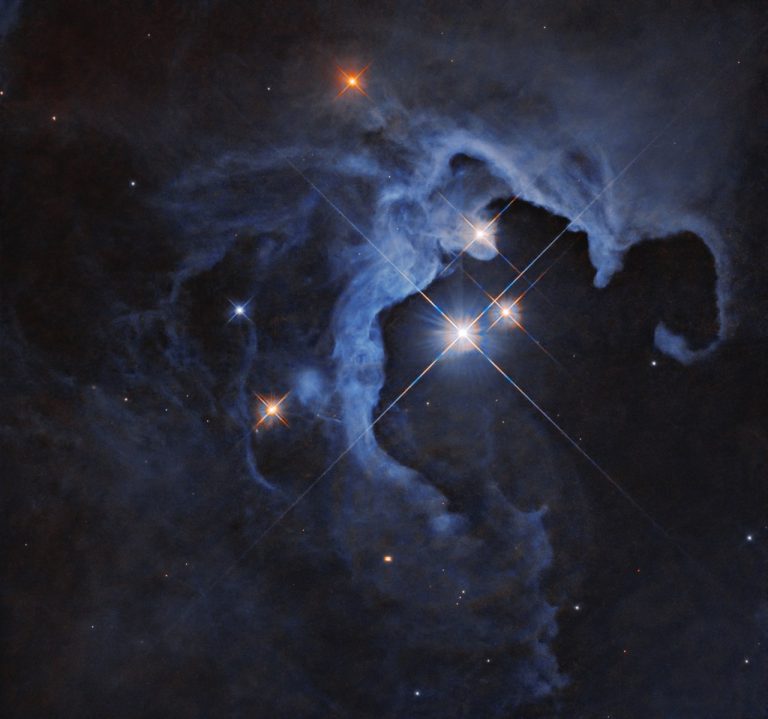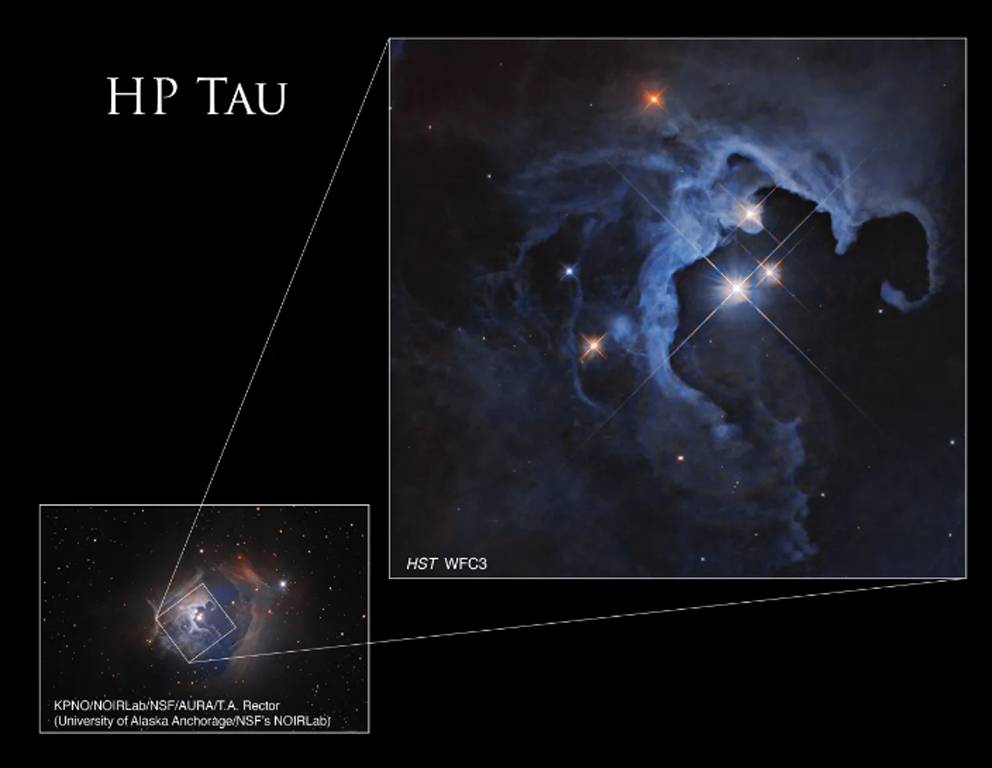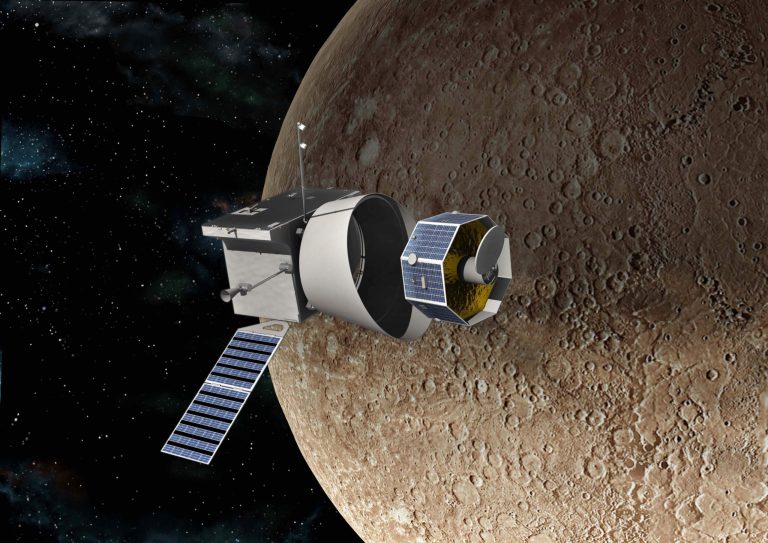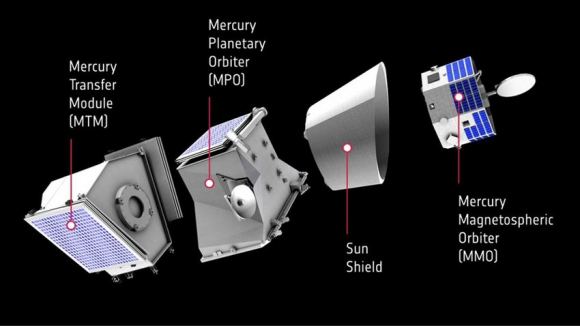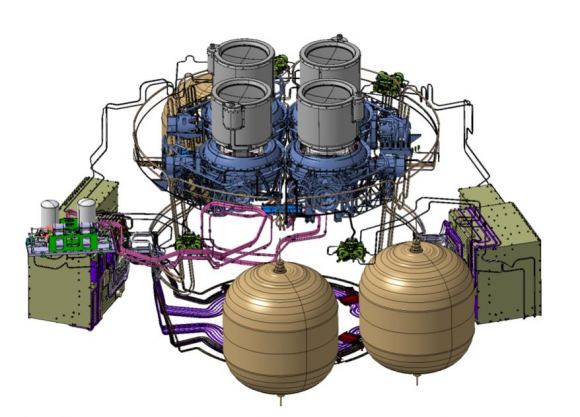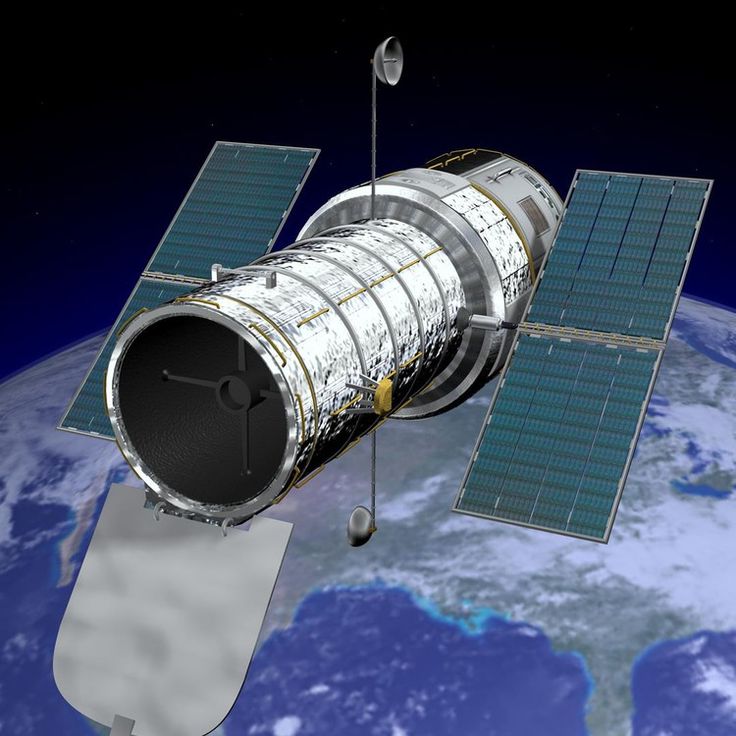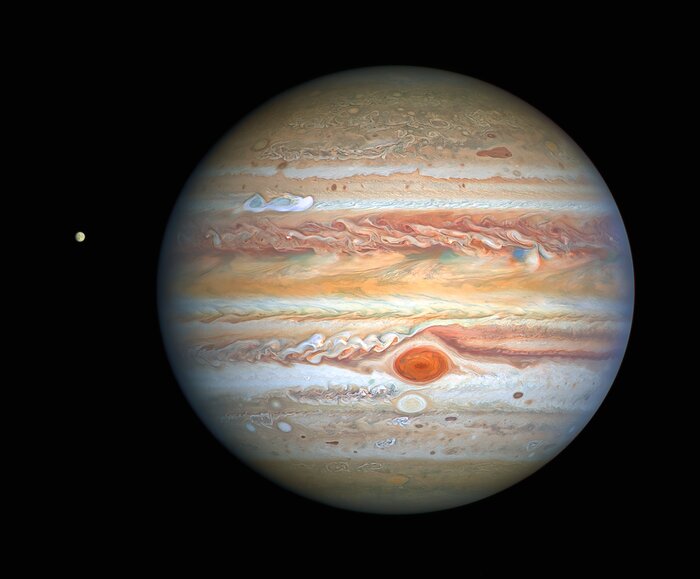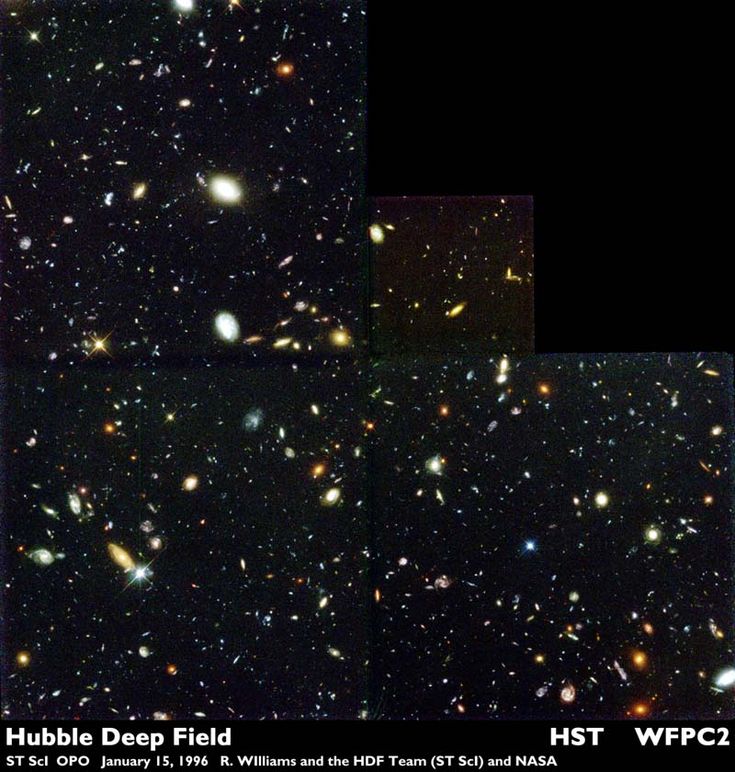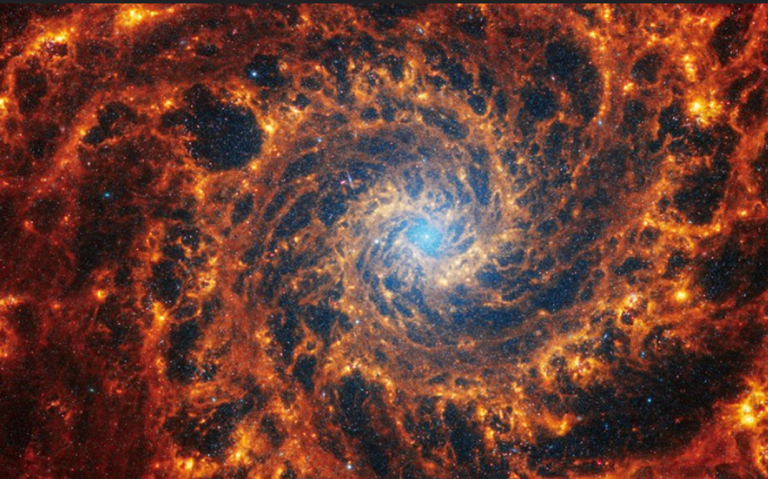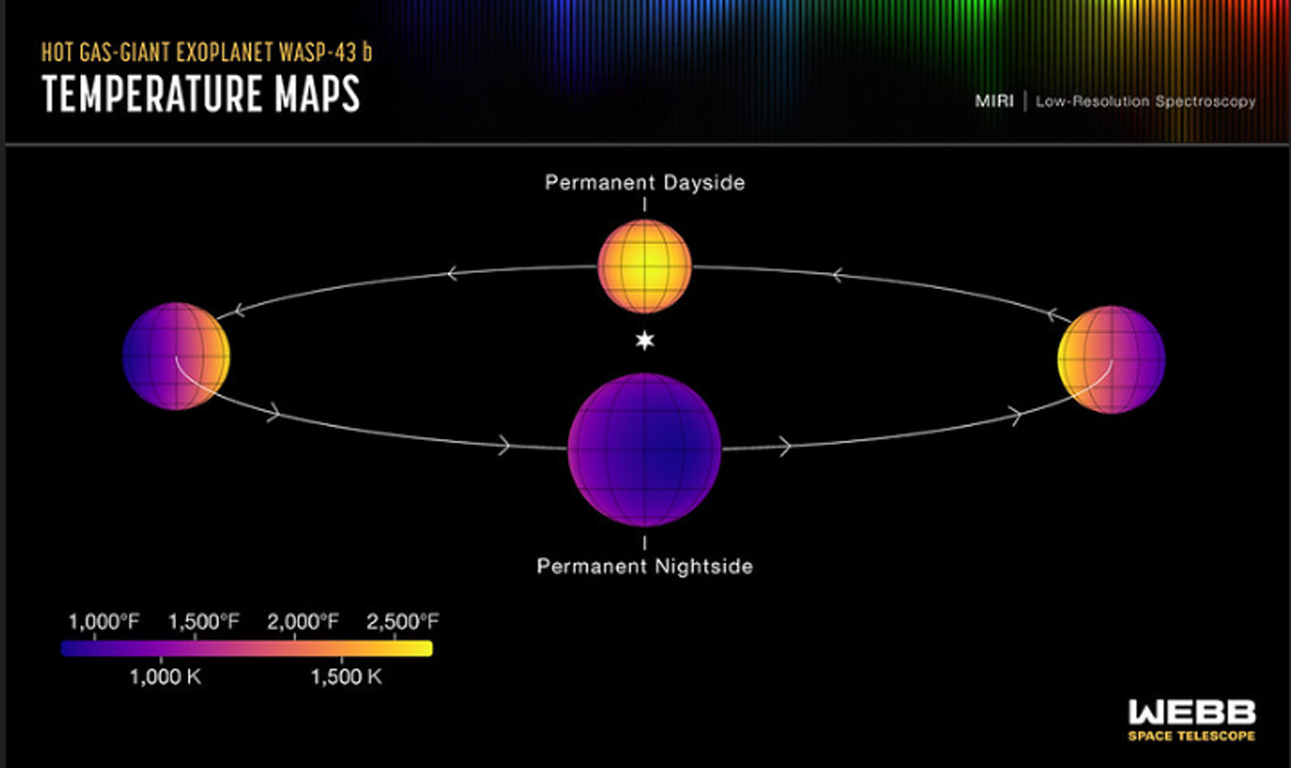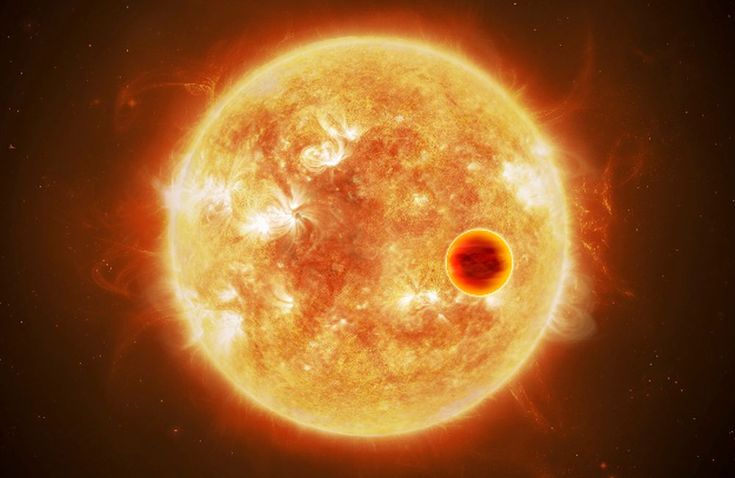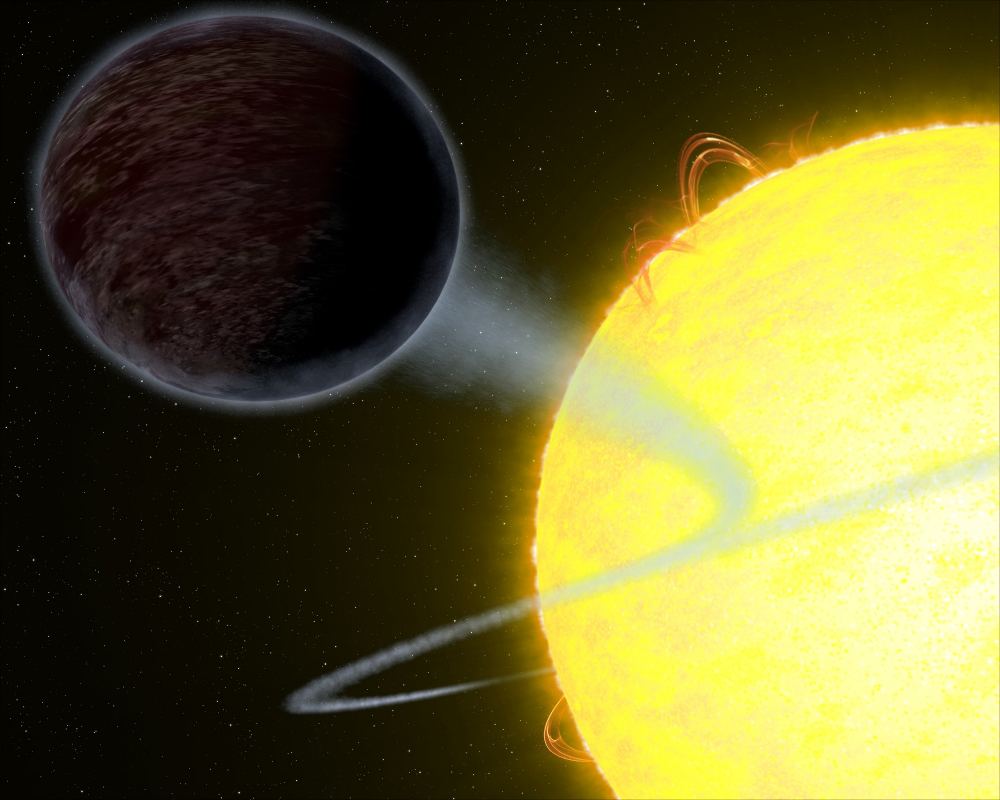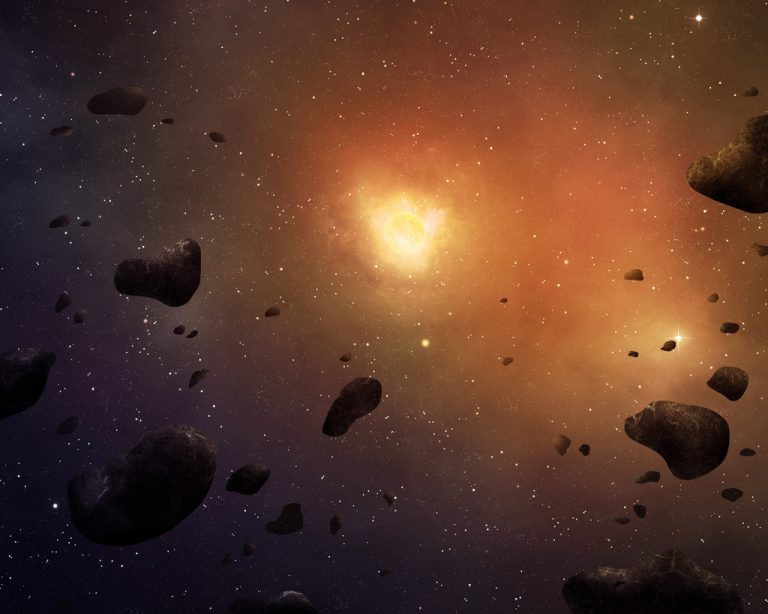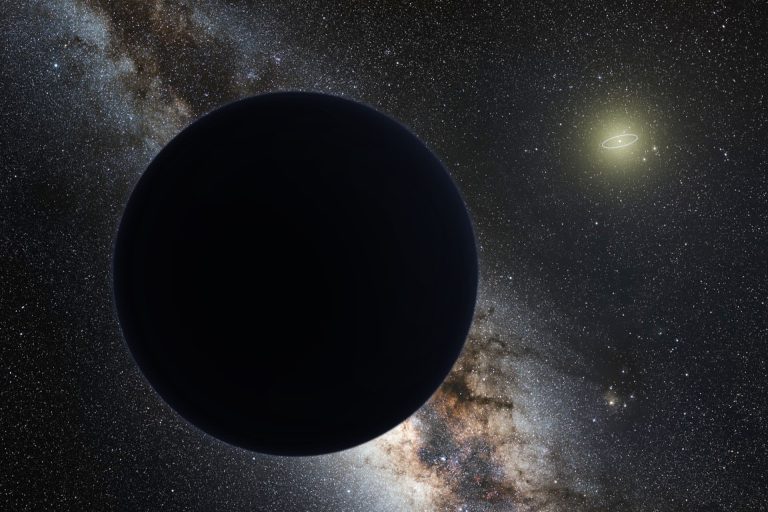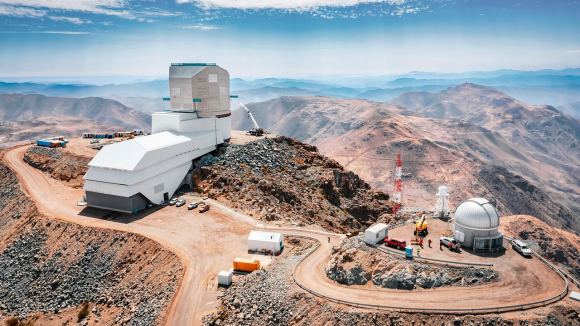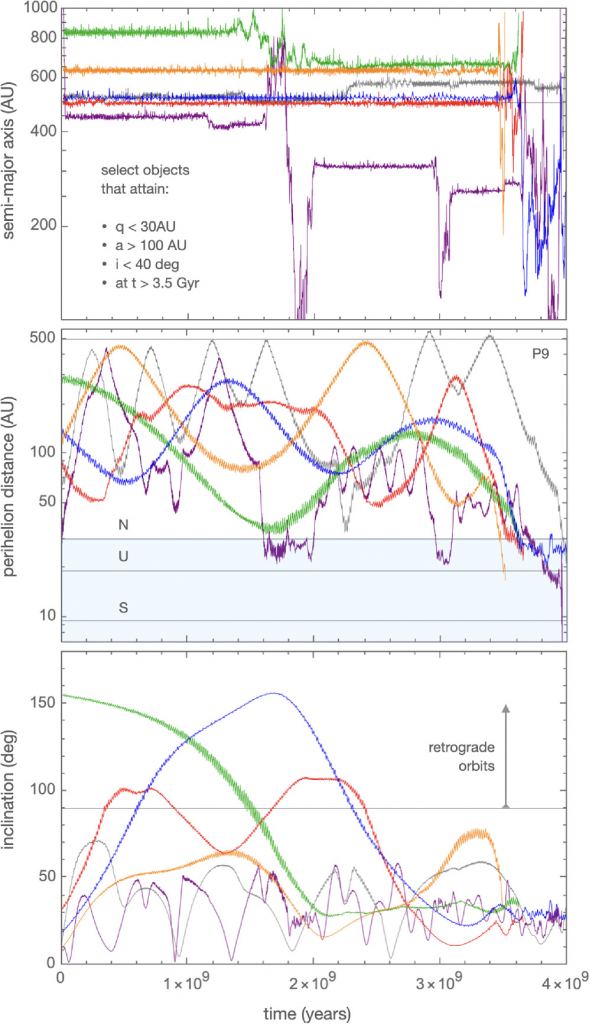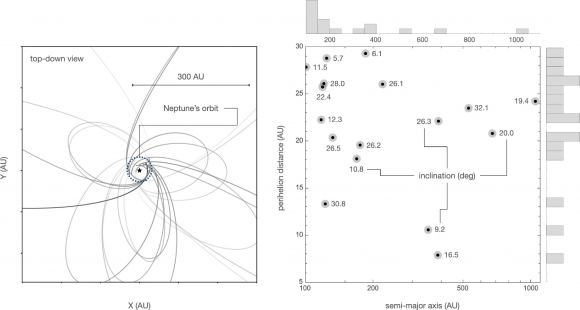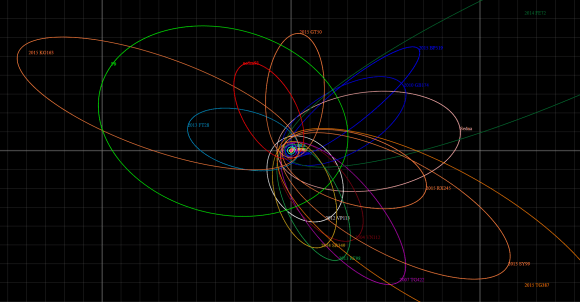Earth-like Exoplanets: Finding Earth 2.0 with Advanced Deep Learning
Key Takeaways
Machine learning, particularly neural network-based algorithms, can significantly improve the detection of Earth-like exoplanets. Radial Velocity (RV) detection method is crucial in identifying exoplanets but is challenged by stellar activity from host stars.The study aimed to reduce the impact of stellar activity data to identify low-mass and long-period planets. Successful identification of exoplanets was demonstrated on stars like our Sun, Alpha Centauri B, and Tau Ceti. Upcoming missions like ESA’s PLATO space telescope could further enhance the discovery of terrestrial exoplanets.
Summary
- Machine learning is a powerful tool for handling large datasets in astronomy.
- Algorithms can be divided into supervised and unsupervised learning.
- Supervised learning models are advantageous for their accuracy.
- Researchers applied their novel algorithm to data from our Sun, Alpha Centauri B, and Tau Ceti.
- Simulated planetary signals were successfully identified with varying orbital periods.
- Potential exoplanets in Alpha Centauri B and Tau Ceti’s habitable zones were approximately four times the size of Earth.
- Further analysis showed the algorithm could detect a simulated exoplanet 2.2 times the size of Earth, orbiting at a similar distance.
- The PLATO mission, launching in 2026, will play a significant role in discovering Earth-like exoplanets.
Introduction
The search for Earth-like exoplanets has always fascinated scientists and the public alike. The discovery of planets beyond our solar system, particularly those that could potentially harbor life, is one of the most exciting frontiers in astronomy. With the advent of advanced deep learning technologies, the ability to detect these elusive planets has significantly improved. This article explores how machine learning, especially neural network-based algorithms, is revolutionizing the hunt for Earth 2.0 using data from the radial velocity (RV) detection method.
Machine Learning in Astronomy
Machine learning (ML) has proven to be a revolutionary tool in various scientific fields, and astronomy is no exception. The ability of ML to handle and process vast amounts of data makes it ideal for tasks like exoplanet detection. The study under discussion highlights the efficiency and success of ML in mitigating stellar activity, a major challenge in identifying low-mass and long-period exoplanets within RV data.
Supervised vs. Unsupervised Learning
Machine learning algorithms are generally categorized into two types: supervised learning and unsupervised learning. Supervised learning involves training a model on a labeled dataset, which means the algorithm learns from data that already includes the correct output. This approach is highly effective in producing accurate predictions based on the training data. In contrast, unsupervised learning deals with unlabeled data, where the model tries to identify patterns and relationships without prior knowledge of the correct output.
The study emphasizes the advantages of supervised learning models in the context of exoplanet detection. These models, due to their ability to incorporate a large set of variables, can produce relatively accurate predictions and are particularly useful in dealing with the complexities of stellar activity data.
The Study: A Novel Neural Network-Based Algorithm
The recent study accepted by Astronomy & Astrophysics investigated a novel neural network-based algorithm designed to detect Earth-like exoplanets using RV data. The researchers applied their algorithm to data from three stars: our Sun, Alpha Centauri B (HD 128621), and Tau Ceti (HD 10700). These stars were chosen for their proximity and significance in exoplanet research.
Simulated Planetary Signals
To test the algorithm, the researchers inserted simulated planetary signals into the stellar activity data of these stars. The results were promising, with the algorithm successfully identifying simulated exoplanets with potential orbital periods ranging between 10 to 550 days for our Sun, 10 to 300 days for Alpha Centauri B, and 10 to 350 days for Tau Ceti.
Key Findings
- Alpha Centauri B: Located approximately 4.3 light-years from Earth, this star has had several potential exoplanet detections, although none have been confirmed. The algorithm identified potential exoplanets approximately four times the size of Earth within the habitable zone of Alpha Centauri B.
- Tau Ceti: Located about 12 light-years away, Tau Ceti currently has eight exoplanets listed as “unconfirmed.” The algorithm identified similar potential exoplanets within the habitable zone of Tau Ceti.
- Our Sun: The algorithm demonstrated its ability to identify a simulated exoplanet approximately 2.2 times the size of Earth, orbiting at a distance similar to Earth’s distance from the Sun.
Table 1: Key Findings from the Study
| Star | Distance from Earth (light-years) | Detected Exoplanet Size (Earth Mass) | Orbital Period (days) | Notes |
|---|---|---|---|---|
| Alpha Centauri B | 4.3 | 4x | 10 to 300 | Potential exoplanets in the habitable zone |
| Tau Ceti | 12 | 4x | 10 to 350 | Eight unconfirmed exoplanets |
| Our Sun | N/A | 2.2x | 10 to 550 | Simulated exoplanet in a similar orbit |
Implications and Future Prospects
The implications of this study are profound. By efficiently reducing stellar activity data, the neural network framework developed by the researchers can significantly enhance the detection of low-mass planets on periods from a few days up to a few hundred days. This corresponds to the habitable zones of solar-type stars, increasing the chances of finding Earth-like exoplanets.
Integration with Other Data
While the study focused on RV data, the researchers noted that additional data types could be integrated to improve detection accuracy. These include:
- Transit Time: Observing the dimming of a star as a planet passes in front of it.
- Phase: Studying the changes in light as a planet orbits its star.
- Space-Based Photometry: Using telescopes to measure the brightness of stars.
The European Space Agency’s PLATO (PLAnetary Transits and Oscillations of stars) mission, set for launch in 2026, is particularly promising. PLATO will use the transit method to scan up to one million stars, focusing on terrestrial (rocky) exoplanets.
Table 2: Upcoming Missions and Their Objectives
| Mission | Launch Year | Method | Objectives |
|---|---|---|---|
| PLATO | 2026 | Transit | Discovering terrestrial exoplanets using space-based photometry |
| TESS | 2018 | Transit | Surveying bright stars for transiting exoplanets |
| James Webb | 2021 | Various | Observing exoplanet atmospheres and characterizing their properties |
| CHEOPS | 2019 | Transit | Characterizing known exoplanets by measuring their sizes |
Conclusion
The study underlines the transformative potential of machine learning in the quest to find Earth-like exoplanets. By developing a neural network-based algorithm that can effectively mitigate stellar activity data, researchers have taken a significant step forward in identifying low-mass and long-period exoplanets within the habitable zones of solar-type stars.
As technology advances and more data becomes available from missions like PLATO, the potential for discovering Earth 2.0 increases. Machine learning will undoubtedly play a crucial role in this endeavor, helping astronomers to sift through vast amounts of data and pinpoint the most promising candidates for further study.
In the coming years and decades, the integration of machine learning with advanced astronomical techniques promises to revolutionize our understanding of the universe and our place within it. As the study aptly concludes, “Only time will tell, and this is why we science!”

